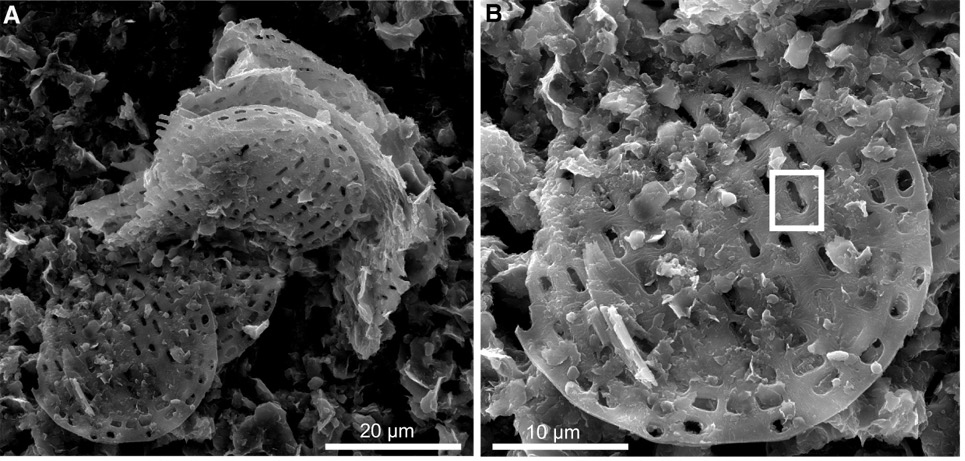
Where Did These Bones and Shells Come from?
Tiny fossils recently discovered in Canada have become the oldest known evidences of bio-mineralisation. These fossils, dating back to about 810 million years ago, hold major clues on how planets and lifeforms evolve together.
We, as all other animals, planets and fungi, are a part of eukaryotes, multicellular organisms with nuclei in their cells. The evolution of bio-mineralisation is a key milestone in the history of both eukaryotes and the Earth.
Scientists began their research in the Yukon territory of Canada, collecting samples from a roughly 60-meter-thick section of lime mudstone as well as black and grey shale near Mount Slipper near the Alaskan border.
The researchers focused on microfossils within the rock, which arose during the Neoproterozoic Era between 541 million to 1 billion years ago. By using high definition electron microscopes, they observed that these microfossils were largely composed of complex, interwoven networks of fibrous crystals of apatite minerals. The intricate nature of these networks confirmed they were created by a biological process, rather than a geological one. Furthermore, the analysis of rhenium and osmium isotopes in the rocks revealed their age as roughly 810 million years, making them much older than previous “oldest samples” – by about 200 million years.
Once upon a time, the Earth
The above-mentioned timeframe represents a period where life was almost only aquatic, without animals or plants in the scene, when the Earth had a very rich microscopic eukaryote biodiversity. While some of these tiny eukaryotes resembled today’s red and green algae, others were far from modern-day lifeforms, living their lives as “mysterious” creatures.
Analysis of the rocks surrounding the fossils suggest that chemical alterations in the oceans when these eukaryotes were alive boosted the amount of phosphate compounds that were dissolved in the water where these lifeforms dwelled. This helps explain why these organisms might have created structures made of apatite, a phosphate mineral. It also suggests that bio-mineralisation developed as organisms and their environments evolved together through time.
REFERENCES
- 1. https://m.phys.org/news/2017-08-oceans-alkalized-life-bones-shells.html
- 2. http://advances.sciencemag.org/content/3/6/e1700095
